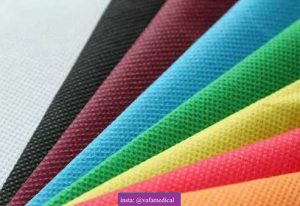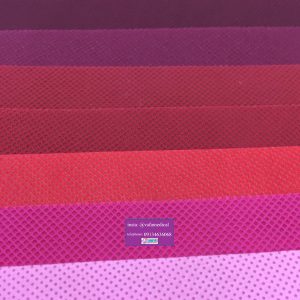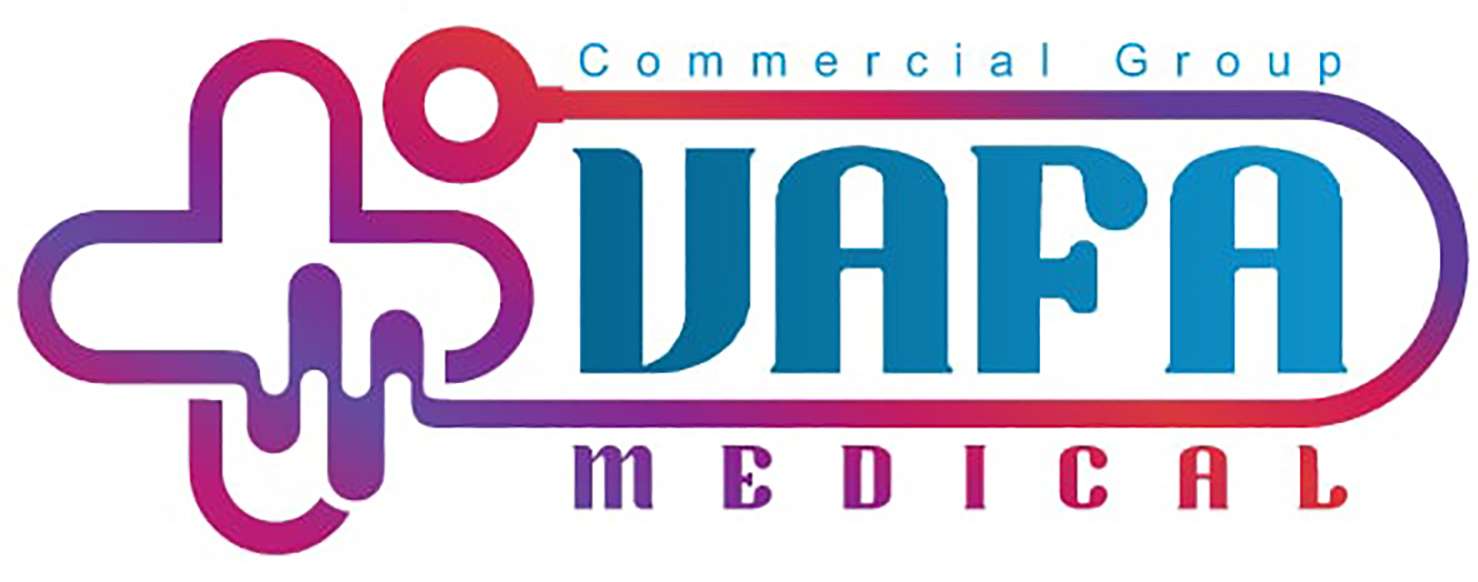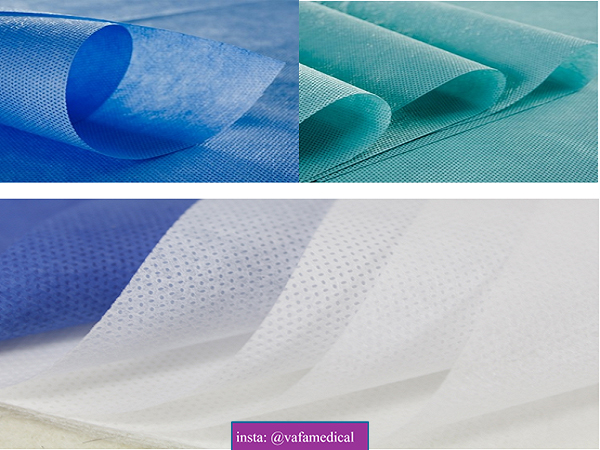Spunbond fabric is a highly versatile and popular choice across numerous industries, including medical, agricultural, and packaging sectors. Known for its durability, lightweight nature, and cost-effectiveness, spunbond fabric offers an ideal solution for both single-use and multi-use applications.
In this guide, we’ll explore the factors influencing spunbond fabric prices, compare competitive market rates, and provide insights into how to secure special offers on bulk orders to maximize savings.

1. What is Spunbond Fabric?
Spunbond fabric is a nonwoven material made from polypropylene fibers that are spun together to create a bonded fabric. Unlike traditional fabrics, it doesn’t go through weaving or knitting processes, which reduces production costs and results in a more affordable product.
Spunbond fabric is manufactured through a process that involves:
- Extruding molten polymer fibers: Fibers are extruded and quickly cooled to form a solid structure.
- Laying the fibers in a web: The extruded fibers are arranged into layers to achieve the desired thickness.
- Bonding the fibers: Using heat and pressure, the fibers are bonded together, giving the fabric its durability and strength.
Spunbond fabric is praised for its durability, flexibility, and affordability, making it ideal for a wide range of applications, including medical garments, packaging materials, protective covers, agricultural sheets, and more.
2. Key Benefits of Using Spunbond Fabric
There are several reasons why spunbond fabric is preferred across industries. Some of the main benefits include:
- Affordability: Compared to traditional woven fabrics, spunbond fabric is cost-effective due to its simplified production process.
- Durability: Despite being lightweight, spunbond is resistant to tearing and wear, making it suitable for demanding applications.
- Eco-Friendliness: Most spunbond fabrics are recyclable, and they are often made from environmentally-friendly materials, especially polypropylene.
- Water Resistance: Spunbond fabric can be engineered to repel water, making it suitable for use in protective garments and outdoor applications.
- Breathability: Spunbond is breathable, which enhances comfort when used in clothing and medical masks.
- Antimicrobial Properties: Certain spunbond fabrics can be treated with antimicrobial agents, making them ideal for medical and healthcare products.
3. Factors Influencing Spunbond Fabric Prices
When considering spunbond fabric for bulk purchase, several factors influence the overall cost:
- GSM (Grams per Square Meter): The GSM of spunbond fabric determines its thickness and weight. Higher GSM fabrics, which are thicker and more durable, generally cost more per meter compared to lighter fabrics.
- Width of Fabric: Spunbond fabrics come in various widths, typically ranging from 1.6 meters to 3.2 meters. Wider fabrics are more expensive due to increased material usage.
- Color: While standard white or natural colors are usually more affordable, colored spunbond fabrics often involve dyeing processes, which can slightly increase the price.
- Customization: Any special treatments, like water resistance, antimicrobial treatments, or fire retardancy, can raise the cost of spunbond fabric.
- Order Quantity: Generally, suppliers offer discounts on bulk orders. Purchasing larger quantities can reduce the cost per unit, making it more affordable for bulk buyers.
- Market Demand and Supply: Global demand, shipping rates, and raw material costs can all affect spunbond fabric prices, so keeping an eye on these factors can help buyers determine the best time to make purchases.

4. Price Range for Competitive Spunbond Fabric in the Market
| GSM (Grams per Square Meter) | Width (Meters) | Approximate Price per Meter (USD) |
|---|---|---|
| 20-30 GSM | 1.6 | $0.20 – $0.30 |
| 40-50 GSM | 1.6 | $0.35 – $0.50 |
| 60-80 GSM | 1.6 | $0.55 – $0.70 |
| 100 GSM and above | 1.6 | $0.75 – $1.00 |
Note: Prices may vary depending on order size, supplier, and additional treatments (e.g., water resistance, anti-UV).
The table above offers an approximation of current market prices, but it’s crucial to contact suppliers directly for exact quotes. Additionally, bulk orders often come with flexible pricing, particularly for long-term contracts or recurring orders.
5. Special Offers on Bulk Orders of Spunbond Fabric
To take advantage of competitive prices and special offers, here are a few strategies to consider:
- Direct Sourcing from Manufacturers: Bypassing intermediaries and purchasing directly from manufacturers can yield significant discounts on spunbond fabric.
- Negotiating Bulk Discounts: Many suppliers offer sliding scale discounts, meaning the more you order, the lower the price per meter. For larger businesses or recurring orders, building a relationship with suppliers can lead to favorable rates.
- Choosing Standard Colors and GSM: While customization options like special colors or antimicrobial treatments add value, sticking to standard specifications can help in securing lower prices.
- Leveraging Off-Season or Year-End Sales: Many suppliers offer discounts during the off-season or at the end of the year to clear out inventory. These sales can provide substantial savings.
- Long-Term Supplier Contracts: Committing to a long-term contract or a recurring purchase agreement can secure lower rates, as suppliers value the reliability of steady demand.
By applying these strategies, you can significantly reduce your material costs, allowing you to allocate more budget to other areas of your business.
6. Applications of Spunbond Fabric Across Industries
The versatility of spunbond fabric makes it applicable across multiple sectors, including:
- Medical and Healthcare: Used in the production of surgical gowns, masks, and disposable drapes, spunbond offers the breathability and sterility required for medical environments.
- Agriculture: It serves as a protective covering for plants and soil, helping to maintain temperature and reduce weed growth.
- Furniture and Upholstery: In furniture, spunbond fabric acts as a protective barrier, keeping dust and dirt out while allowing airflow.
- Packaging: Its lightweight and water-resistant properties make it ideal for packaging goods, particularly in sectors like electronics and retail.
- Construction: Often used as a moisture barrier in roofing, spunbond fabric provides an extra layer of protection against water damage.
The fabric’s adaptability and affordability have made it an integral material for manufacturers in these industries.

7. How to Choose a Reliable Supplier for Bulk Orders
Selecting a reliable supplier is crucial for obtaining high-quality spunbond fabric at competitive prices. Here are key points to consider:
- Supplier Experience: Look for suppliers with a proven track record in producing and supplying spunbond fabrics to your industry.
- Certifications: Ensure that the supplier complies with relevant quality standards, such as ISO or CE certifications, especially if the fabric will be used in medical or agricultural settings.
- Sample Availability: Requesting samples before committing to a large order allows you to verify the quality, GSM, and other specifications.
- Delivery Times and Logistics: Timely delivery is essential, so consider suppliers with efficient logistics and quick shipping options, especially if ordering internationally.
- Customer Support and After-Sales Service: A reliable supplier offers good customer support and stands by their product, providing solutions if any issues arise post-purchase.
Working with a trustworthy supplier not only guarantees consistent quality but also fosters a partnership that can lead to better pricing and service over time.
8. FAQs on Spunbond Fabric Bulk Purchases
Q1. What is the minimum bulk order quantity for spunbond fabric?
The minimum order varies by supplier, but many offer bulk pricing starting at orders of 500 to 1,000 meters.
Q2. Can I get a discount on bulk orders with custom colors or treatments?
Yes, while custom orders may initially increase the price, bulk purchases of custom-treated fabrics often still come with discounts. It’s best to negotiate these terms directly with the supplier.
Q3. How long does it take for bulk orders to be delivered?
Delivery times depend on the supplier’s location and your own. Domestic orders may take a few days to a week, while international shipments could range from two weeks to a month or longer.
Q4. Are spunbond fabrics environmentally friendly?
Most spunbond , particularly those made from polypropylene, are recyclable and considered environmentally friendly when disposed of correctly. However, biodegradable options are also available for applications where eco-friendliness is a priority.
Q5. Is spunbond fabric safe for direct skin contact?
Yes, spunbonds are generally safe for direct skin contact and are commonly used in medical and hygiene products. Always check with suppliers to confirm that the fabric meets safety standards for your specific application.

Conclusion
Purchasing spunbond fabric in bulk can offer considerable cost savings, especially when you take advantage of competitive prices and supplier discounts. By understanding the factors that influence pricing, comparing current market rates, and building relationships with reliable suppliers, businesses can secure high-quality spunbond fabric that meets their specific needs.
Whether you’re in healthcare, agriculture, or another industry, choosing the right spunbond at the right price will ensure you get the most value out of your investment.




